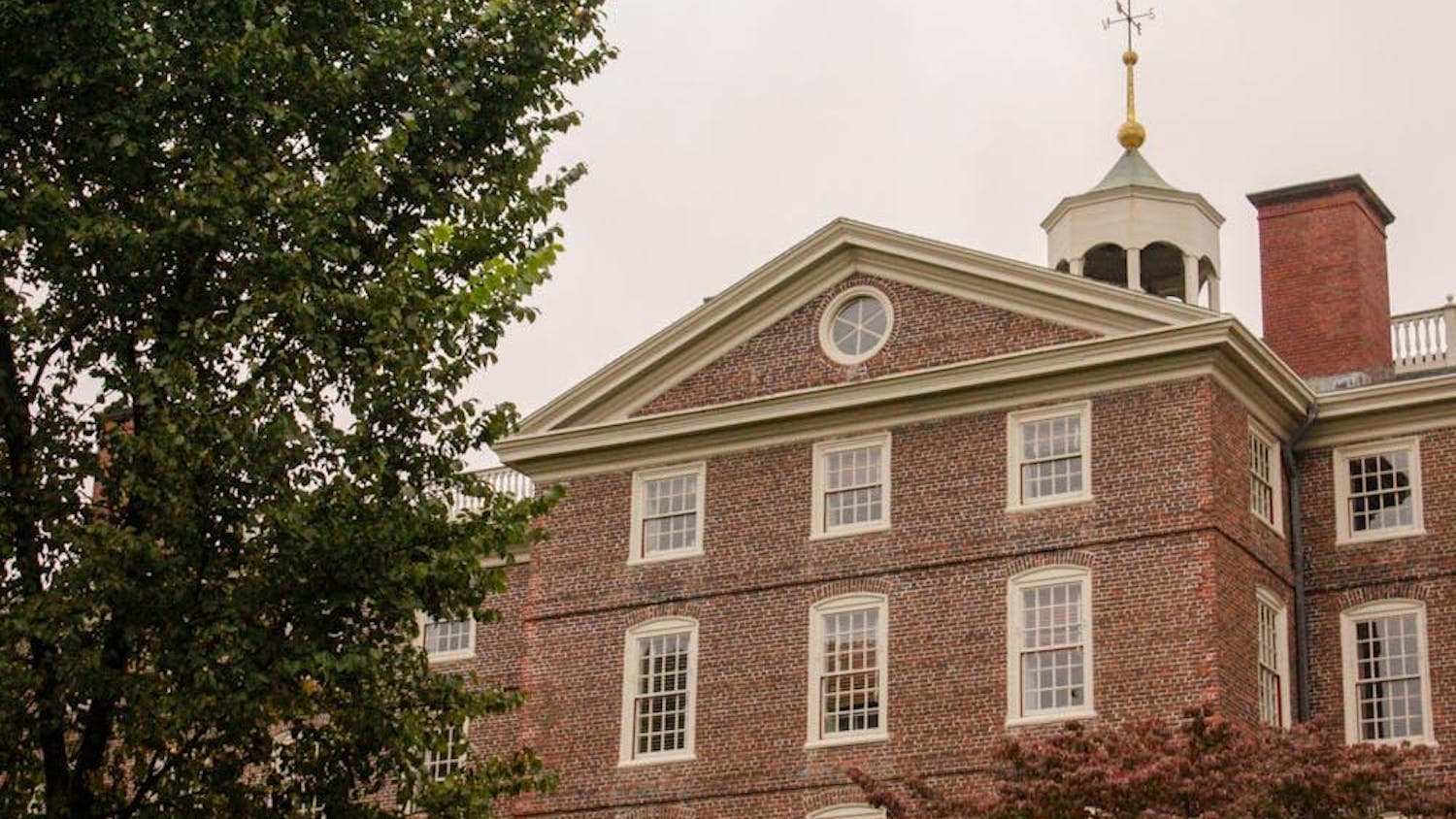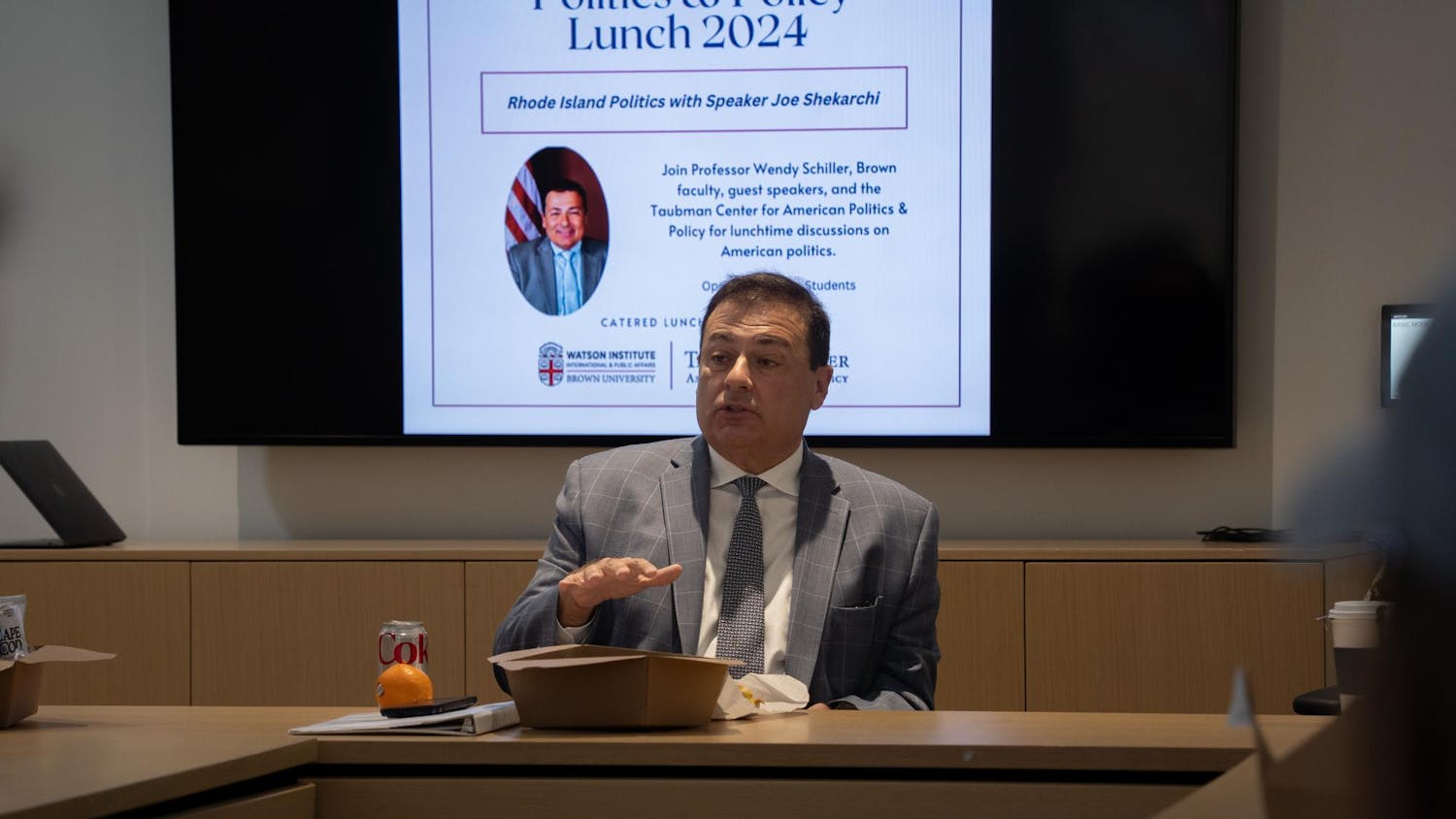The University plans to increase the portion of its endowment that it invests directly, limiting its reliance on intermediary financial managers in an effort to enhance the University’s flexibility with its assets and grow its cash holdings, wrote Chief Investment Officer Joseph Dowling in an email to The Herald.
The University will still employ financial managers to help invest money from the endowment. But under Dowling’s supervision, the Office of Investment will look to independently manage more of the endowment, giving the University greater control over its funds.
The Office of Investment and the Investment Committee manage the endowment under the supervision of Executive Vice President for Finance and Administration Beppie Huidekoper, Dowling wrote.
The Office of Investment currently plans to use 5 percent of the endowment for direct investments, but that number could grow “based on the investment opportunity set, performance of direct investments and resources of the investment office,” Dowling wrote.
The changes came when Dowling was appointed last May, bringing with him experience in seeking out new investment opportunities, Huidekoper said. Dowling formerly worked at Narragansett Asset Management, an investment firm he founded in 1998.
The University has been “very satisfied” with the third party financial managers it has used for investing the endowment, Huidekoper said, and it will continue to use those financial intermediaries in conjunction with direct investments managed by the Office of Investment.
The endowment contributes about 16 percent of the University’s income and is its third largest source of revenue, Huidekoper said. Undergraduate tuition is the University’s largest income source, Huidekoper said.
The endowment is a revenue source and investment tool to help universities to pay for operating costs instead of increasing student fees, according to a Sept. 27 Bloomberg News article.
The University currently has about 1 percent of its endowment in cash assets, according to a statement from the Office of Investment. Available cash serves as an immediate source of funds for “times of stress” when the stock market plummets, Dowling wrote. It also gives the University more flexibility to acquire assets if new investment opportunities become available, he wrote.
Total equity, including public stock, private equity and real assets like real estate holdings, make up 89 percent of the University’s assets. Since these assets are tied up in investments, they are less accessible than cash holdings. The remaining 10 percent of the endowment is invested in fixed income assets, which provide a more stable income stream, according to the Office of Investment.
The use of both internal and third party financial managers “varies across institutions,” wrote Ronald Ehrenberg, director of the Cornell Higher Education Research Institute in an email to The Herald, adding that most universities have a separate committee that determines how to allocate assets among different kinds of investments.
Since the 2008 financial crisis, universities have been “much more focused on maintaining liquidity,” Ehrenberg wrote.
Universities that invested substantial proportions of their endowments in illiquid assets suffered when the stock market crashed, according to an Oct. 20 Wall Street Journal article.
The impact of the economic downturn still affects the University as it works to regain its prime 2008 financial position, Huidekoper said.
Though the University’s $2.7 billion endowment is now close to its peak 2008 value, other externalities will affect future financial investments. The University does not have “the capacity to borrow much more,” and some capital projects may be delayed, Huidekoper said. The expected decrease in federal funding will also likely lead to “across the board” cuts to research, Huidekoper said.
Research funding cuts could be exacerbated by the continuation of the government sequester, which will take effect in January unless the U.S. Congress reaches a budget compromise. Many major research institutions are already experiencing cuts to direct research sponsorship, which could harm universities’ credit ratings, according to a Nov. 15 report released by Moody’s Investor Service.
Changes to the University’s investment strategies will work in conjunction with fundraising — particularly the upcoming 250th anniversary celebration and the launch of President Christina Paxson’s strategic plan this past September. Balancing limited revenue with growth and the rising cost of programs like financial aid poses a continual challenge for the University, Huidekoper said.
-With additional reporting by Molly Schulson
ADVERTISEMENT




